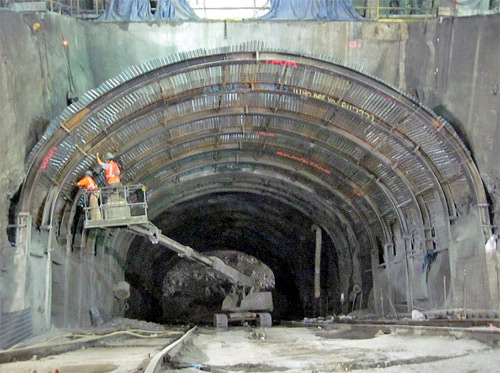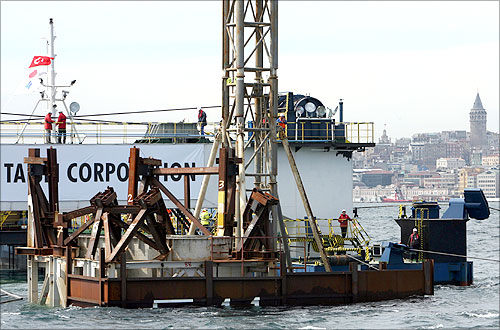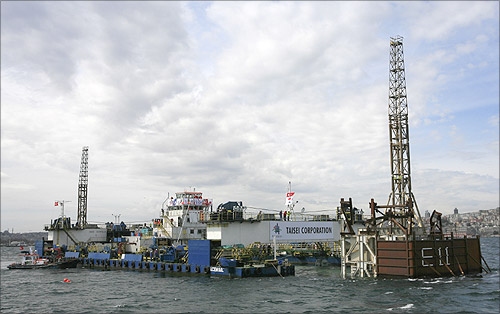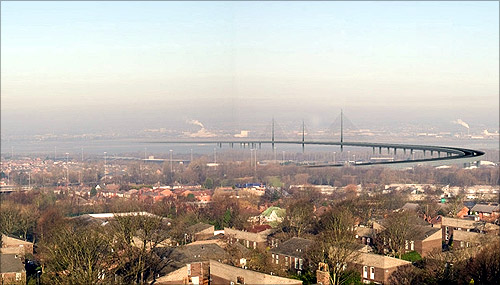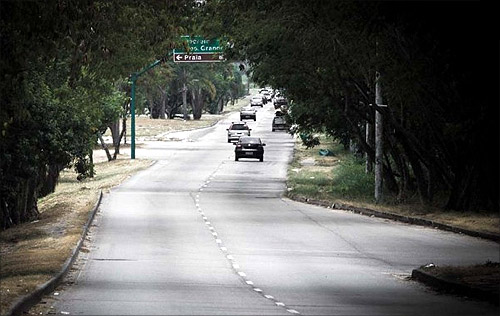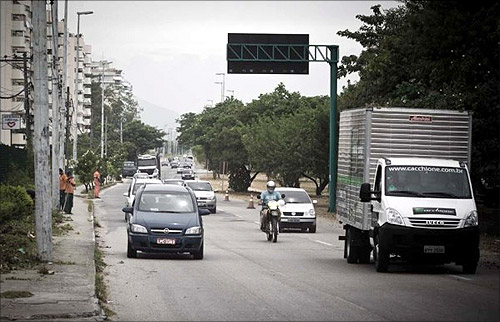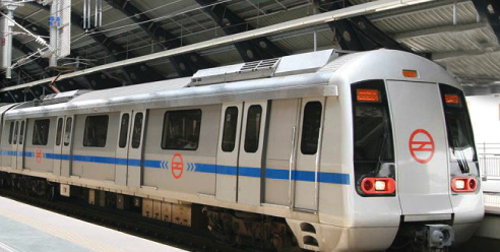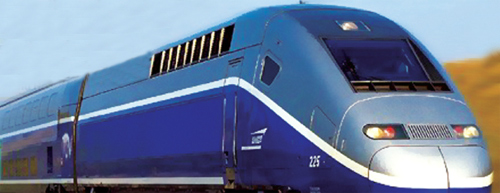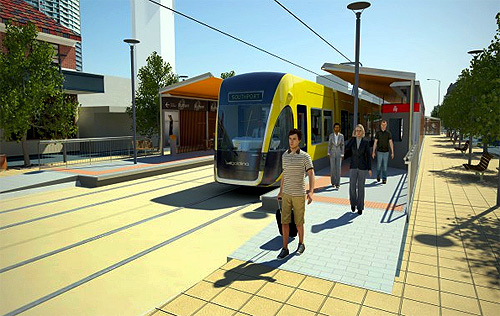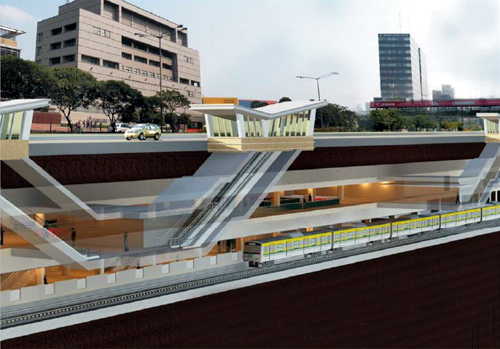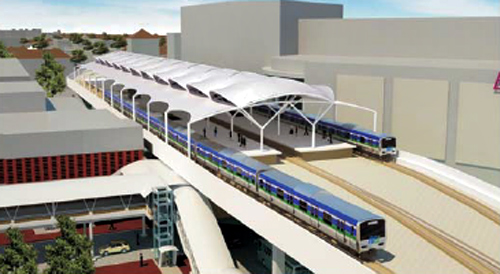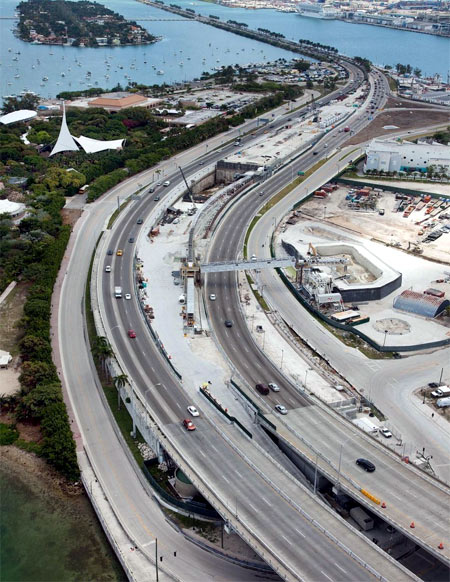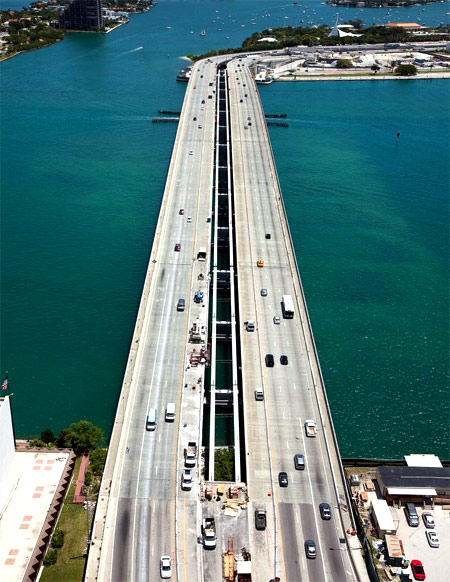 | « Back to article | Print this article |
World's 10 most innovative urban transport projects
With world's population rising, it is imperative to have an efficient, cost effective and green form of urban transport.
Take a look at the world's 10 most innovative urban mobility projects ranked by KPMG's Infrastructure 100 list.
East Side Access
The ambitious $8.24 billion East Side Access project in New York City was selected as the best urban transport being built as this project will improve traffic into Manhattan, benefitting thousands of commuters.
It will help commuters save 40 minutes from daily travel time.
Click NEXT to read more...
World's 10 most innovative urban transport projects
The project will route the MTA Long Island Rail Road through new track connections in Queens, new tunnels under Sunnyside Yard, and through the existing 63rd Street Tunnel under the East River to Second Avenue in Manhattan, where new tunnels will curve south under Park Avenue and enter a new eight-track LIRR terminal beneath Grand Central Terminal.
Click NEXT to read more...
World's 10 most innovative urban transport projects
Bosphorus Tunnel (Turkey)
The $1.1 billion Bosphorus Tunnel – or Eurasia Tunnel as it is also known – is an ambitious project being developed as a Public Private Partnership (PPP) to connect both sides of Turkey's capital, Istanbul, via a 5.4 kilometer twin-deck tunnel beneath the seabed.
Click NEXT to read more...
World's 10 most innovative urban transport projects
The plan will drastically cut travel time and drive economic growth in one of the world's oldest cities.
Click NEXT to read more...
World's 10 most innovative urban transport projects
Mersey Gateway
The Mersey Gateway in the United Kingdom offers an impressive bridge in the Liverpool city region, north Cheshire and the north west of the UK.
Click NEXT to read more...
World's 10 most innovative urban transport projects
The Public Private Partnership (PPP) comprises construction of a new 3x2 lane cable-stayed toll bridge with a one kilometer span over the River Mersey between the towns of Runcorn and Widnes.
Click NEXT to read more...
World's 10 most innovative urban transport projects
Transolimpica (Brazil)
Transolimpica is one of the key projects Rio de Janeiro is undertaking to improve the city's public transportation for the Olympic Games.
Click NEXT to read more...
World's 10 most innovative urban transport projects
The project involves a 23 kilometre highway with six lanes – three in each direction – connecting the neighborhoods of Barra da Tijuca (home of the Olympic complex) to Deodoro.
Two of the tracks will be used exclusively by buses through a Bus Rapid Transit scheme with 18 stations.
Click NEXT to read more...
World's 10 most innovative urban transport projects
Line 4 of Sao Paulo's Metro
Line 4 of Sao Paulo's Metro was the first Public Private Partnership (PPP) signed by the state.
Click NEXT to read more...
World's 10 most innovative urban transport projects
The new Yellow Line will carry nearly one million people per day. The first section, with six stations, is already operational.
Click NEXT to read more...
World's 10 most innovative urban transport projects
Blue Line of the Lagos Rail network
The Blue Line of the Lagos Rail network in Nigeria is another groundbreaking PPP.
Click NEXT to read more...
World's 10 most innovative urban transport projects
Track and station infrastructure is being constructed under design-build contracts funded by the Lagos state government, while trains, control systems, and fare collection will be provided by Eko Rail under a 25-year equip-operate-maintain concession.
Click NEXT to read more...
World's 10 most innovative urban transport projects
Kuwait Metro
Kuwait Metro's first phase of the $10 billion greenfield project includes 50 kilometers of track with 28 new stations.
Click NEXT to read more...
World's 10 most innovative urban transport projects
The completed project will traverse 160 kilometres through 69 stations.
Click NEXT to read more...
World's 10 most innovative urban transport projects
Gold Coast Rapid Transit (Australia)
The impressive $1 billion Gold Coast Rapid Transit development in Queensland is a complex transport PPP that has funding from federal, state and local councils.
Click NEXT to read more...
World's 10 most innovative urban transport projects
Stage one consists of 13 kilometres of light rail servicing 16 stations with 14 trams at peak hours.
Click NEXT to read more...
World's 10 most innovative urban transport projects
Jakarta Rapid Mass Transit System (Indonesia)
Jakarta, which was ranked 17th among the world's 200 largest cities in 2011 will get a further boost with the Rapid Mass Transit System.
Click NEXT to read more...
World's 10 most innovative urban transport projects
The system will provide much needed relief to the congested traffic. It is likely to be operational by 2016.
Click NEXT to read more...
World's 10 most innovative urban transport projects
Port of Miami Tunnel (United States)
The $607 million project was designed to alleviate pressure on the Port Boulevard Bridge, which was the only access route for heavy commercial vehicles using the container shipping terminal.
Click NEXT to read more...
World's 10 most innovative urban transport projects
The tunnel is a mixed-use facility, accommodating cruise and cargo traffic and provides a direct interstate connection to and from the Port, thereby reducing travel time.

